Hampton Bay Savona 52 in. LED Weathered Bronze Ceiling Fan with Light and Remote Control
Large room indoor ceiling fan with five blades and high airflow. Light kit uses art deco tiffany glass to create a warm glow. Includes integrated light kit, LED bulbs, remote, and downrod.
Featuring a pan-style light kit adorned with deco tiffany glass, the Savona ceiling fan by Hampton Bay creates a warm, welcoming glow in any room. 5 durable plywood blades provide optimal airflow, while 3 speed functions and reversible control option provide customizable cooling. This fan was treated with a weathered bronze finish for an elegant, aged look. A handheld remote control is provide for easy operation.
- 5 plywood blades with cherry finish
- Integrated light with art deco tiffany glass
- Handheld remote control with independent fan and light control
- Weathered bronze finish complements your home decor
- Designed for interior use
- For large rooms up to 20 ft. x 20 ft. with blade span of 52 in.
- Uses two 9.5-Watt LED bulbs, included
- 4 in. and 6 in. ceiling fan extension downrod with 3/4 in. Dia, included
- 188 mm x 20 mm motor offers superior air movement
- Lifetime motor warranty
- Cannot be installed without light kit
Additional information
| Dimensions | H 15 in, W 52 in, D 52 in |
|---|---|
| Downrod Length (in.) | 4 |
| Fan Blade Length (in.) | 22.16 |
| Fan Blade Span (in.) | 52 |
| Fan Blade Width (in.) | 7.87 |
| Certifications and Listings | EPA Approved, FCC Listed, UL Listed |
| Manufacturer Warranty | Lifetime Motor Warranty |

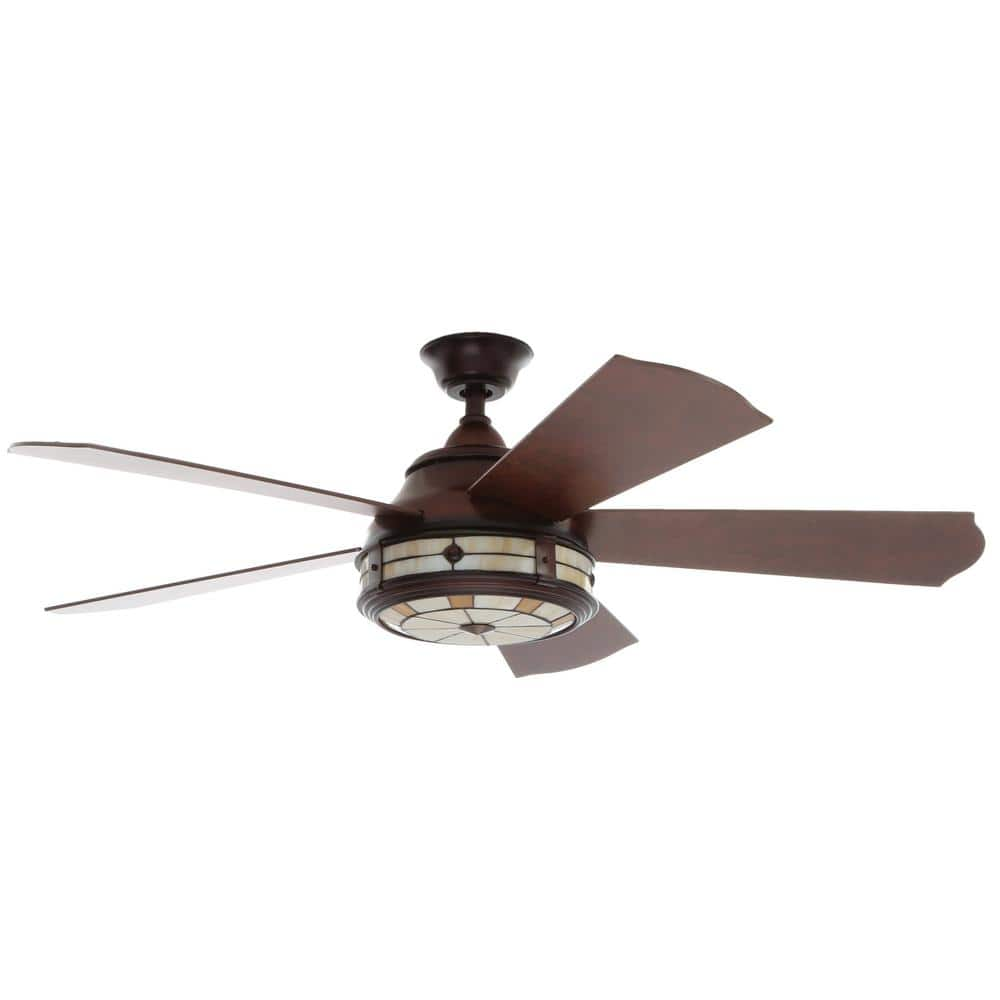
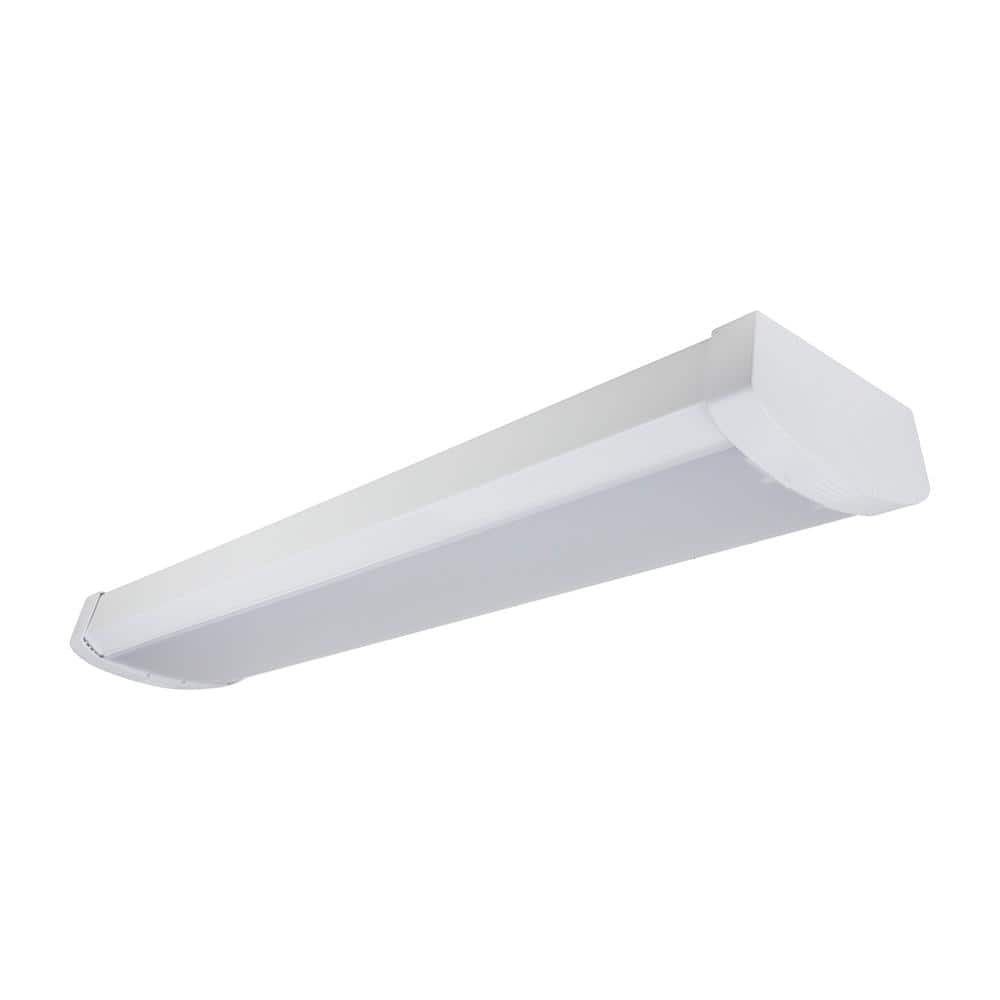
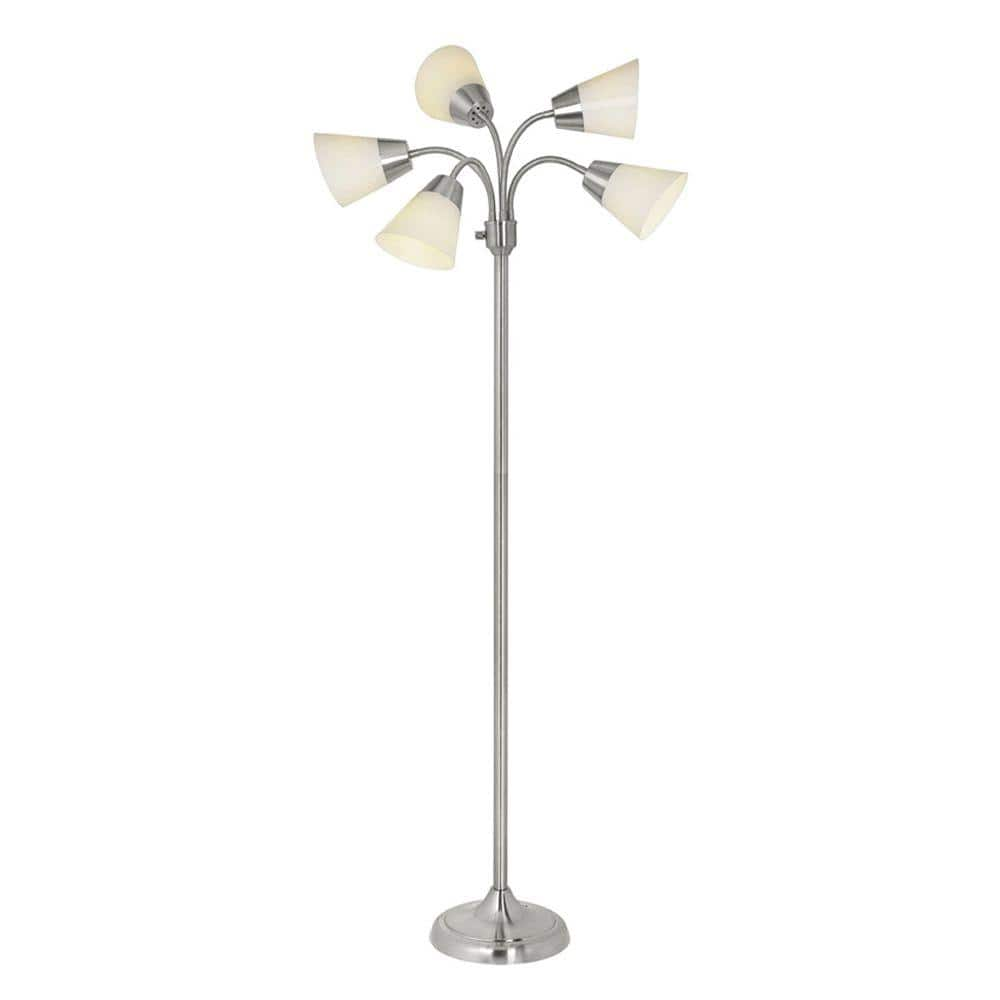
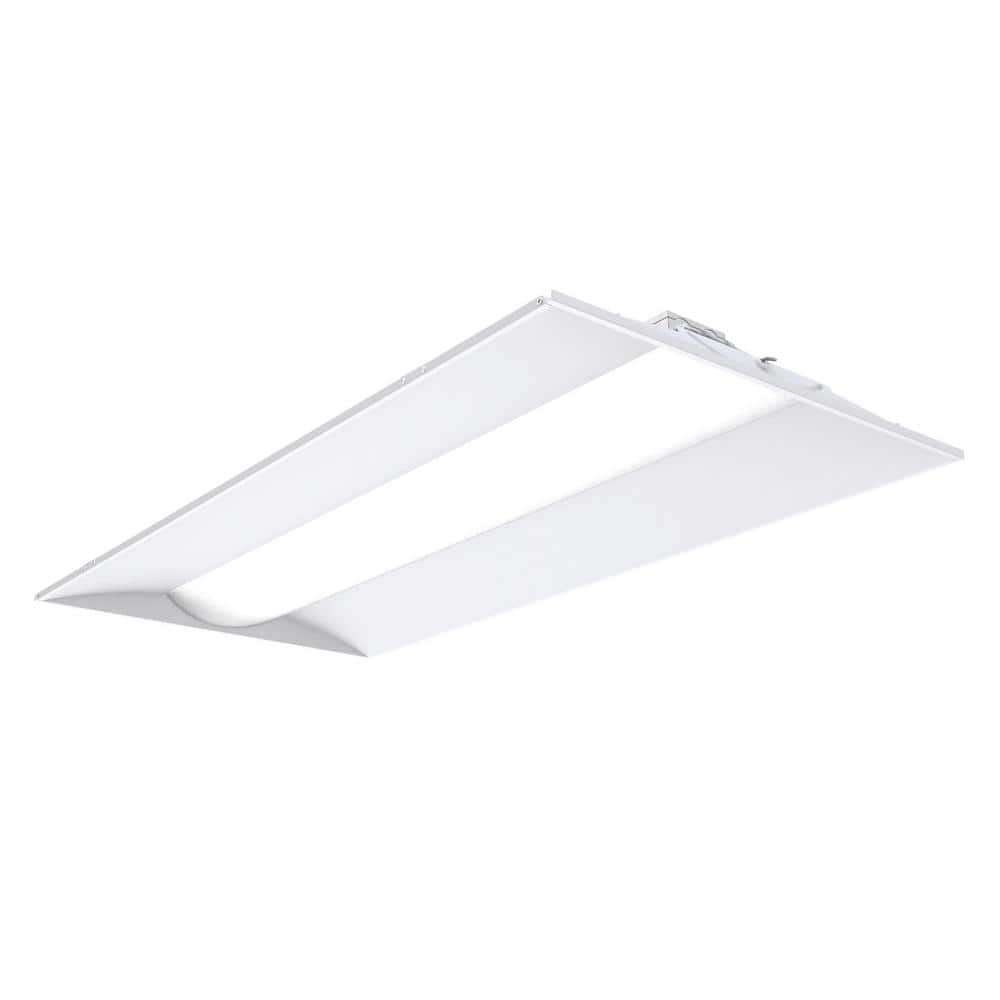
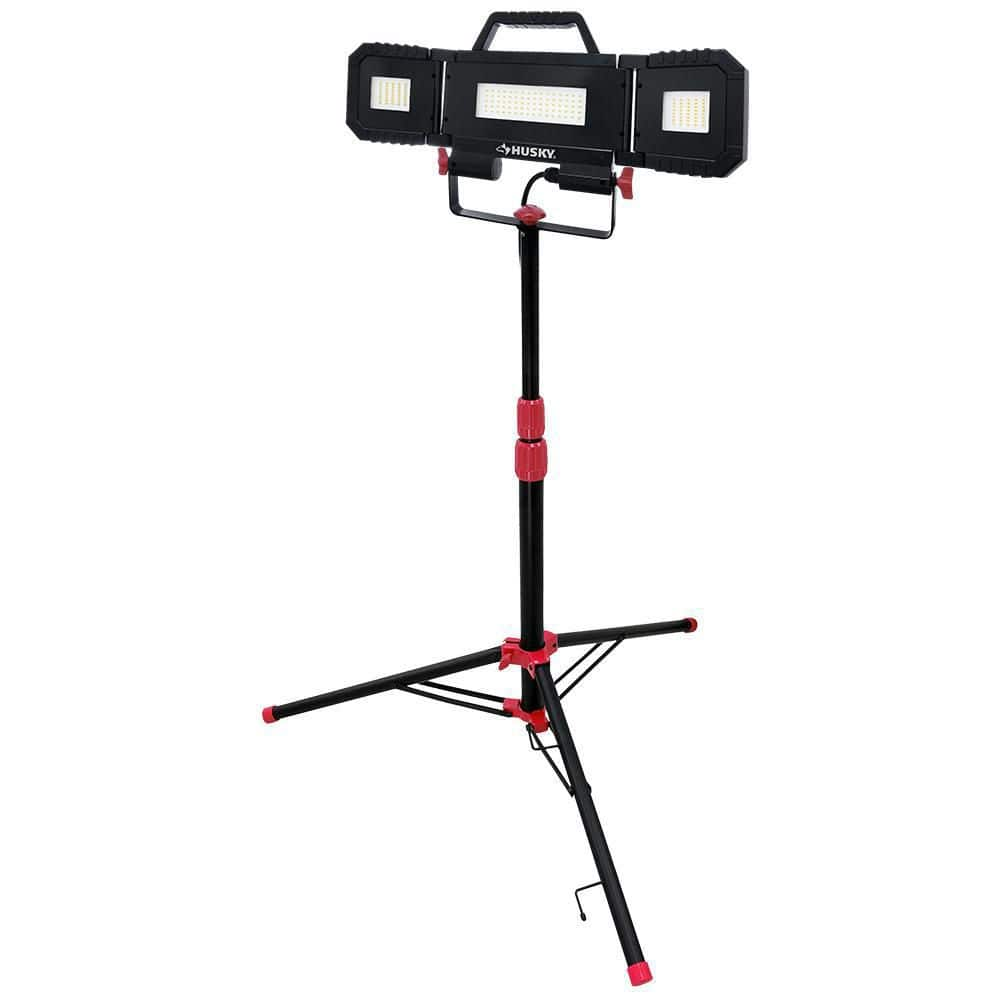
by David
Beautiful fan, quiet and perfectly matched to our decor. Would buy again, love it.
by Caren
I like the aesthetics of it. The fan works well and the light is just right for the dining area.
by Beard
Beautiful. Easy to put up when your husband does the work! I love it!!